Purpose
This exercise helps delegates develop their interviewing skills by teaching them how to handle difficult candidates. It enhances their ability to probe deeper, ask effective follow-up questions, and gain empathy by switching roles between interviewer and interviewee.
Objective
Delegates will take turns playing the role of both the interviewer and the interviewee. The interviewee will role-play as a ‘difficult’ candidate. The interviewer must adapt their questioning techniques to guide the interview and extract useful information. The group will then discuss which strategies worked best for dealing with challenging candidates.
What You Need
- A list of Interview Questions to guide interviewers. A good collection of such questions can be found at the end of STAR Technique Exercise. Here are some examples:
- “Tell me about yourself.”
- “What are your strengths and weaknesses?”
- “Describe a time you faced a challenge at work.”
- Character Profiles or traits for the ‘difficult’ interviewee. Print each on a separate card. Here are some examples. Full set is provided at the end.
Gives incomplete answers
Gives evasive responses
Setup
- Begin by introducing the concept of the Reverse Interview. Explain that in many interviews, candidates may be evasive, overly confident, or provide incomplete answers. The goal of this exercise is to practise handling such candidates effectively while maintaining control of the interview.
- Optionally indicate what industry they are in as they roleplay in this exercise. Bias the exercise towards a particular area based on your training needs.
- Divide the delegates into pairs. If you have an odd number of delegates, create one group of three, with one person observing and providing feedback.
- Assign each delegate a role: interviewer or interviewee. The interviewee will play the role of a ‘difficult’ candidate.
- Distribute Interview Questions for the interviewers to use.
- Provide each interviewee with a Character Profile. The interviewer should not see this.
- Instruct the interviewer to begin with general interview questions and adjust their approach based on the candidate’s behaviour. This is a short 5 minutes interview. Encourage interviewers to ask follow-up questions, probe deeper, or rephrase questions to guide the conversation effectively. They will need to guess the character profile and then handle it. The interviewees should roleplay the character as best as they can. Sometimes this might be easier to act as someone else other than themselves applying for a different job than one they usually do.
- Allow each pair 5 minutes for the interview and then stop the interviews and get the pairs to discuss their performance with each other. Did the interviewer guess the character profile? How was the interviewee handled? Allocate 3 minutes for this feedback session.
- Get pairs to switch roles.
- Collect the Character Profiles and distribute a new one to the new interviewees.
- Allocate another 5 minutes for this round of interview and 3 minutes for feedback.
- Bring the group together and discuss the challenges they faced as interviewers and what techniques helped them extract more useful information.
Timing
Explaining the Exercise: 2 minutes
Activity: 5 min first interview + 3 min first feedback + 5 min second interview + 3 min second feedback = 16 minutes
Group Feedback: 10 minutes
Discussion
After both rounds of interviews use the following questions to guide the discussions:
- What challenges did you face when interviewing a ‘difficult’ candidate?
- Which techniques helped you probe deeper or clarify vague or evasive answers?
- How did you adjust your questioning strategy to regain control of the interview?
- As an interviewee, how did it feel to play the role of a ‘difficult’ candidate? Did it give you new insights into how candidates might feel during challenging interviews?
- How can these skills help you in real-world interviews where candidates may not always respond as expected?
- Were there moments when empathy helped the interview process?
- What can you do to ensure you maintain a balanced approach, asking the right follow-up questions without seeming overly confrontational?
- Did the interviewer act impatient or irritated because of the candidate’s behaviour?
Character Profiles
Gives incomplete answers
Gives evasive responses
Is overconfident
Dismisses the question
Exaggerates achievements
Answers with generalisations
Overly formal and robotic
Reacts defensively to mistakes and weaknesses
Gives overly long answers and is talkative
Soft Skills Training Materials
Get downloadable training materials
Online Train the Trainer Course:
Core Skills
Learn How to Become the Best Trainer in Your Field
All Tags
Training Resources for You
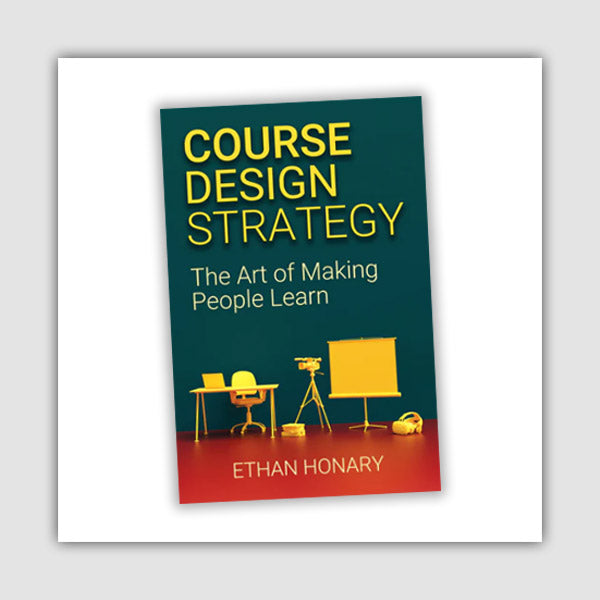
Course Design Strategy
Available as paperback and ebook

Free Training Resources
Download a free comprehensive training package including training guidelines, soft skills training activities, assessment forms and useful training resources that you can use to enhance your courses.

Our Comprehensive Guide to Body Language

Train the Trainer Resources
Get Insights - Read Guides and Books - Attend Courses
Training Materials
Get downloadable training materials on: Management Training, Personal Development, Interpersonal Development, Human Resources, and Sales & Marketing

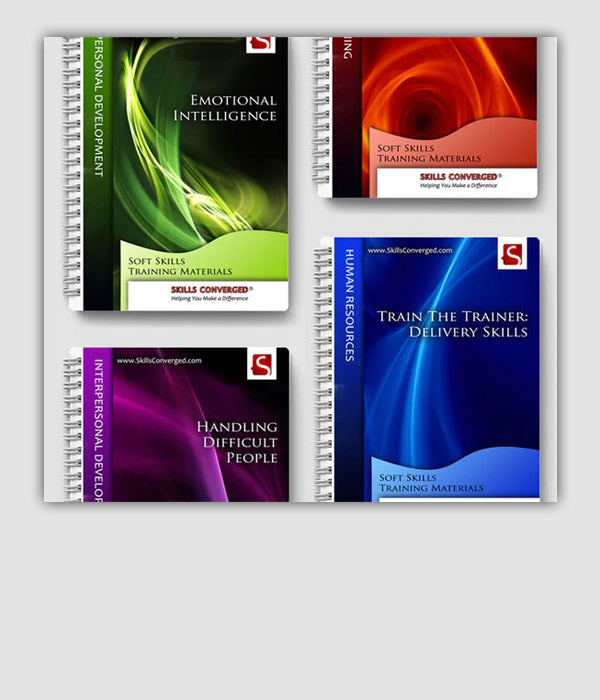
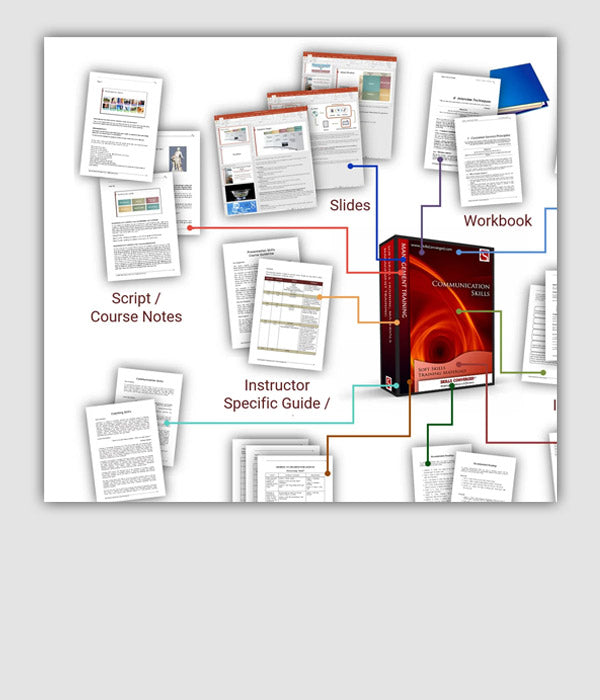
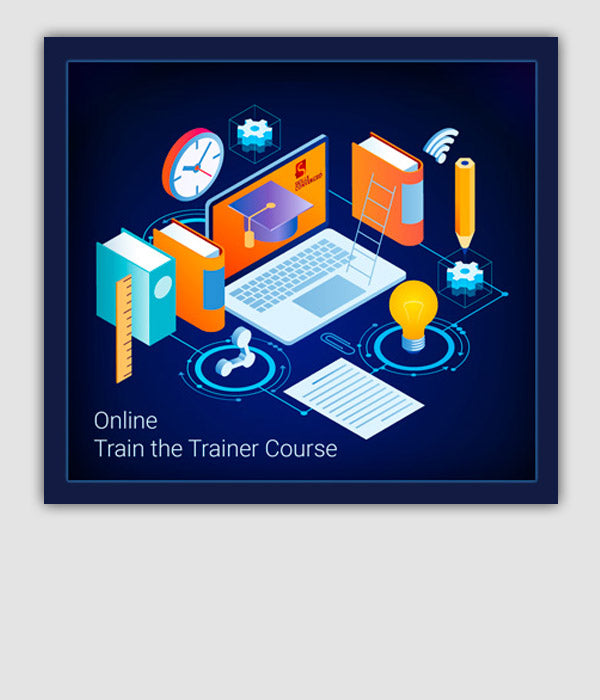
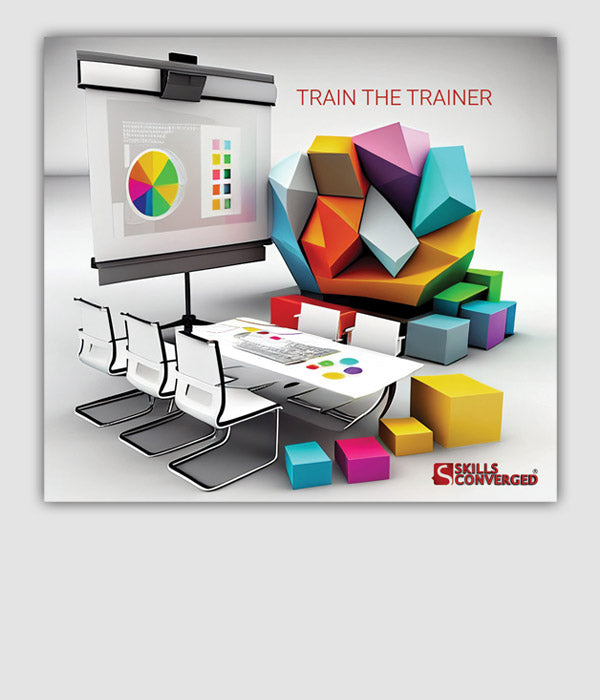





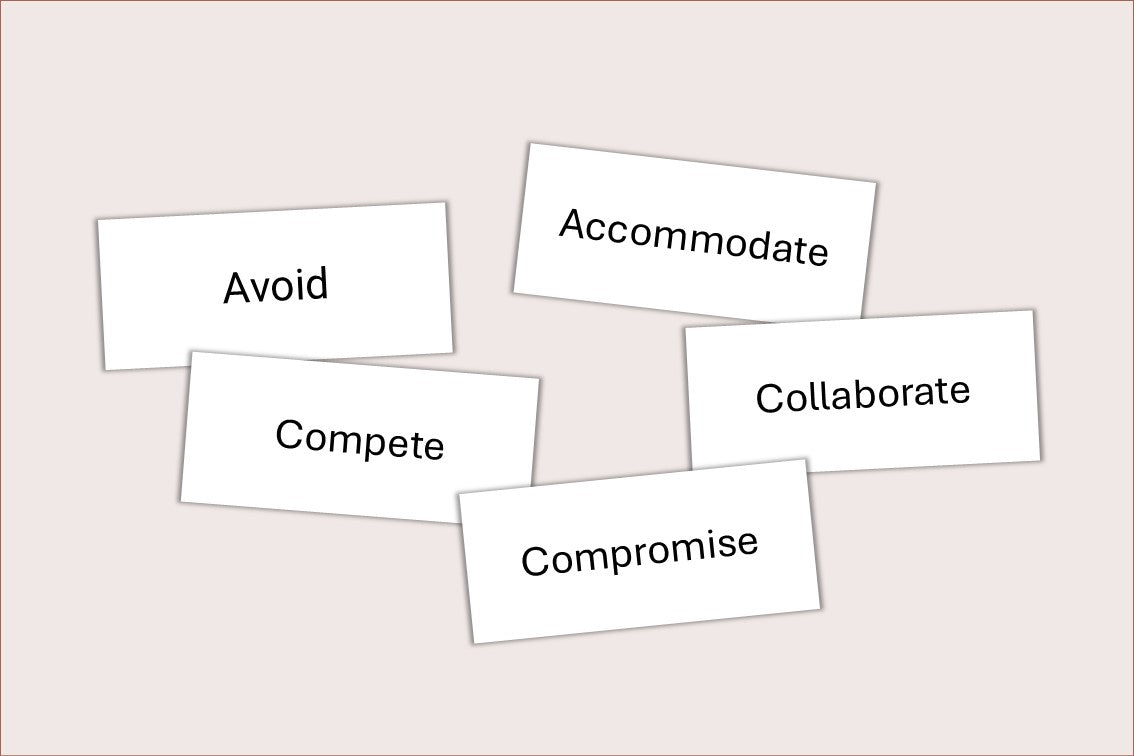
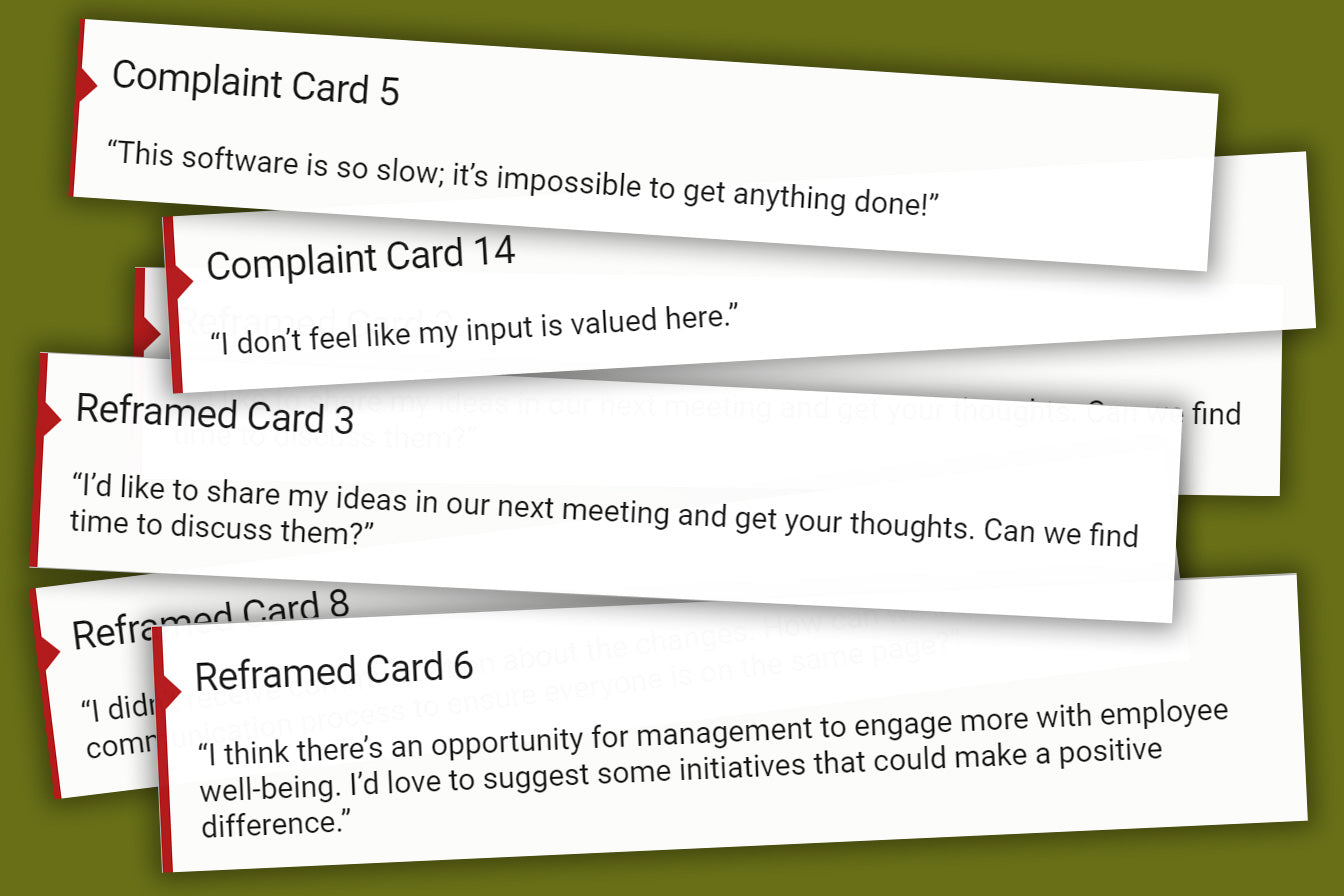


Leave a comment
All comments are moderated before being published.
This site is protected by hCaptcha and the hCaptcha Privacy Policy and Terms of Service apply.